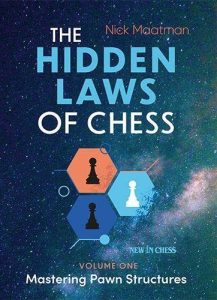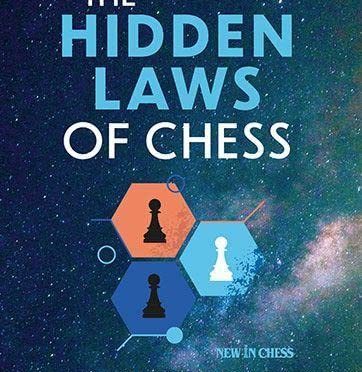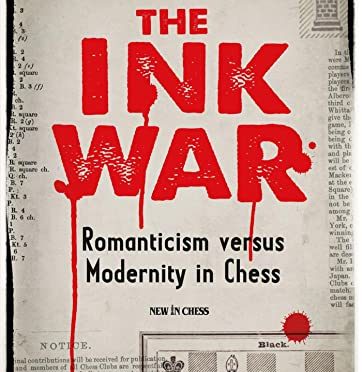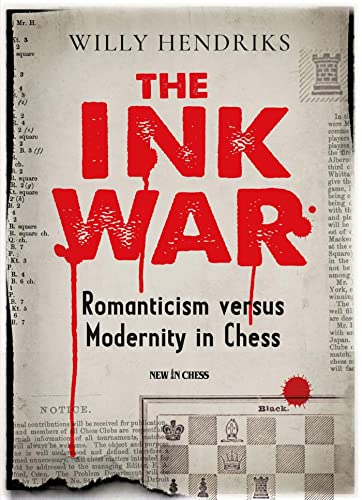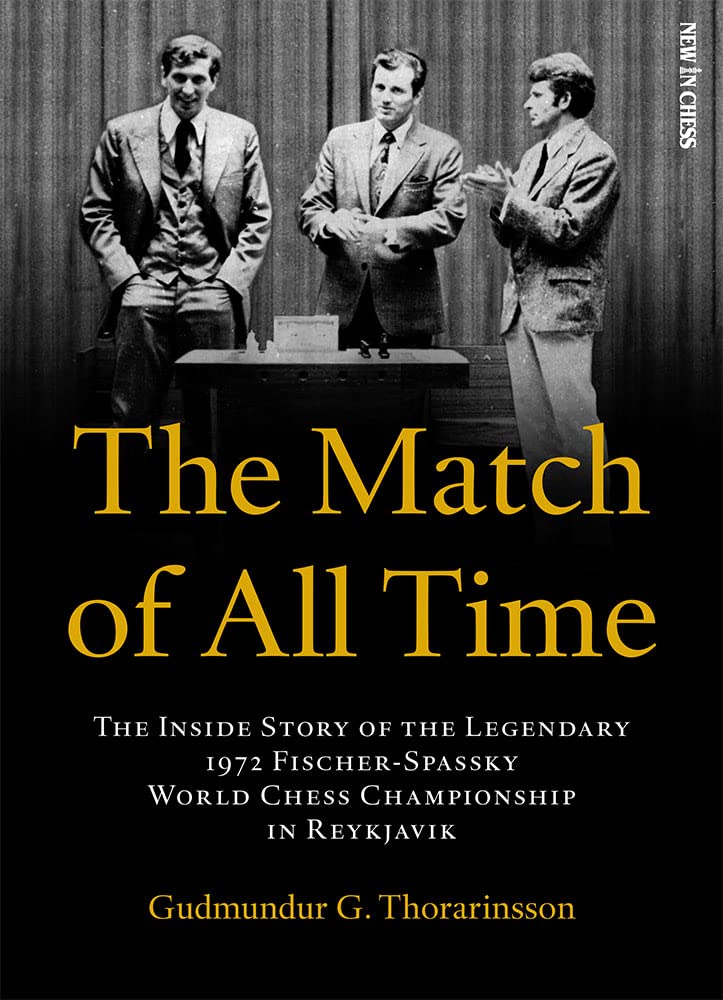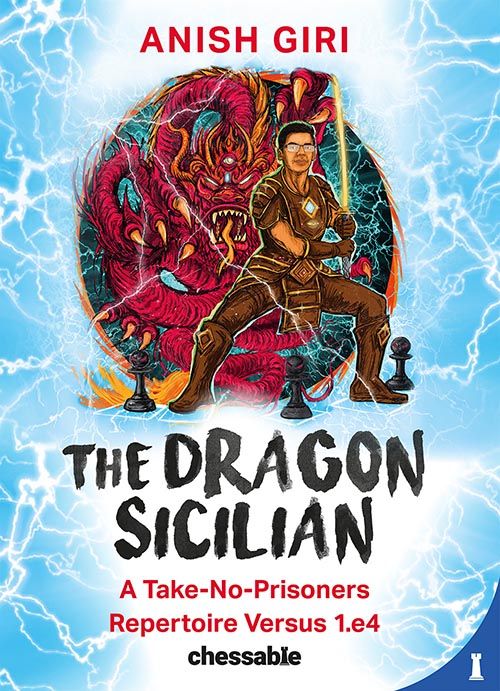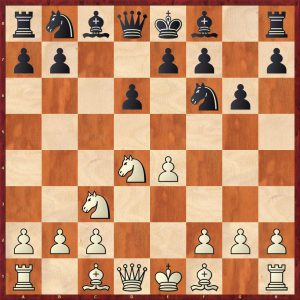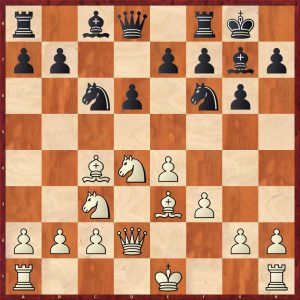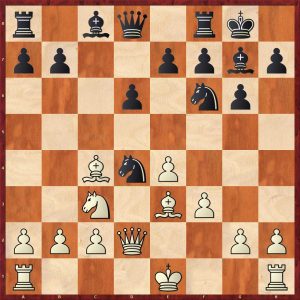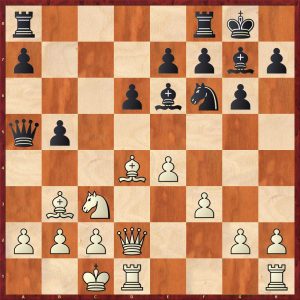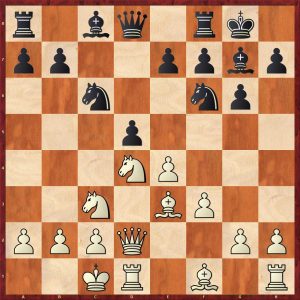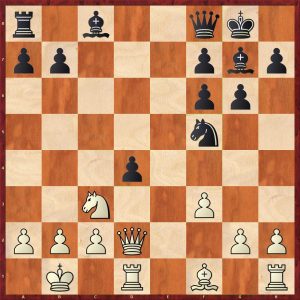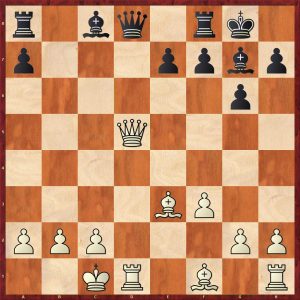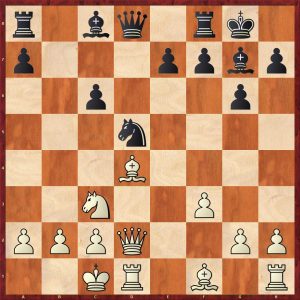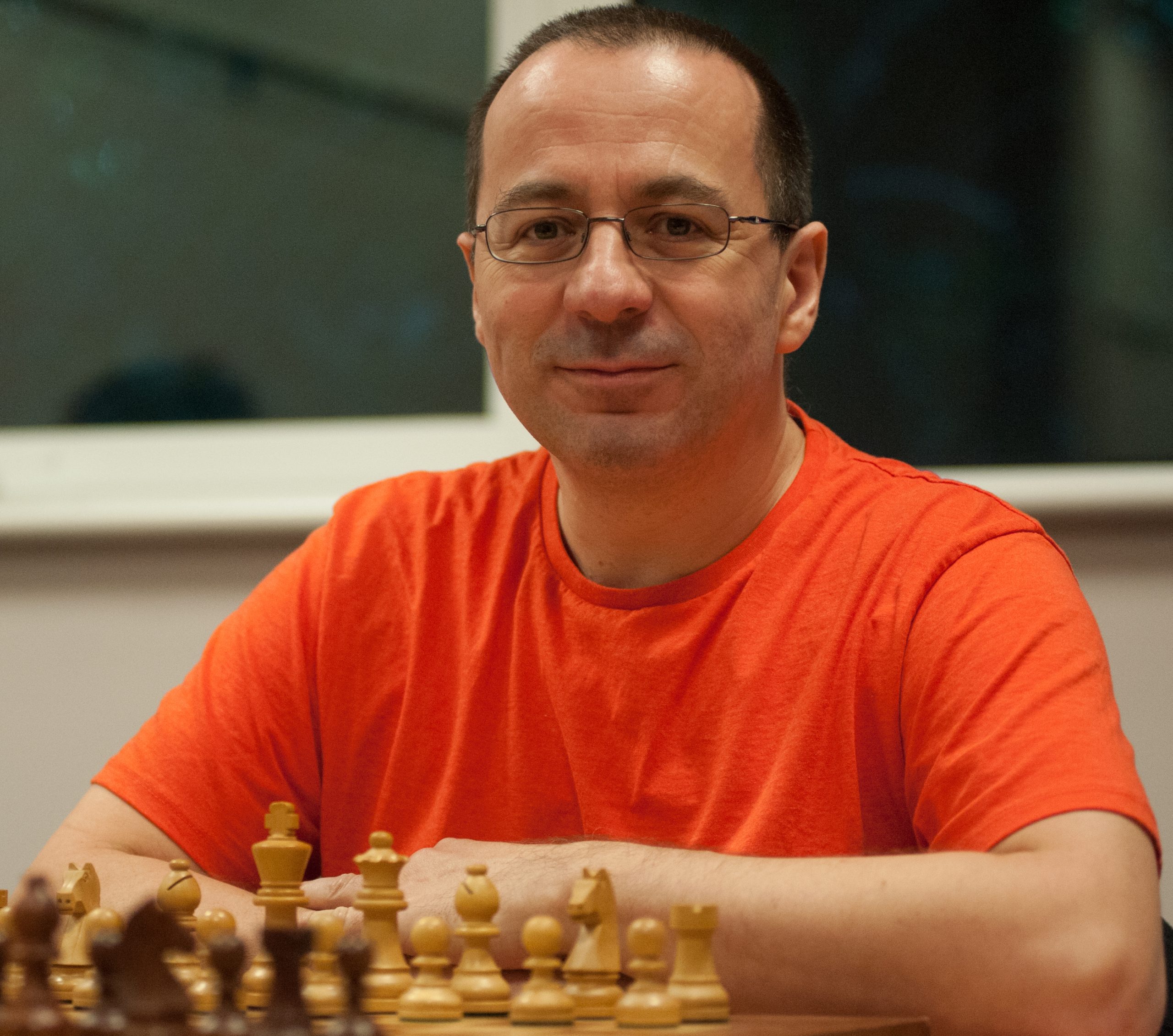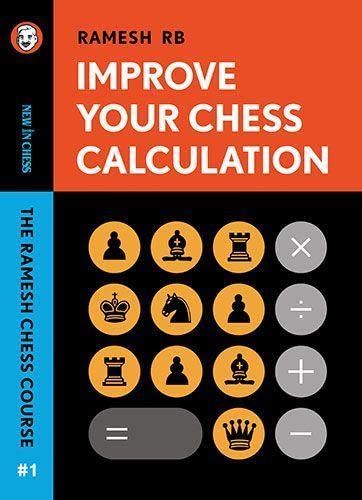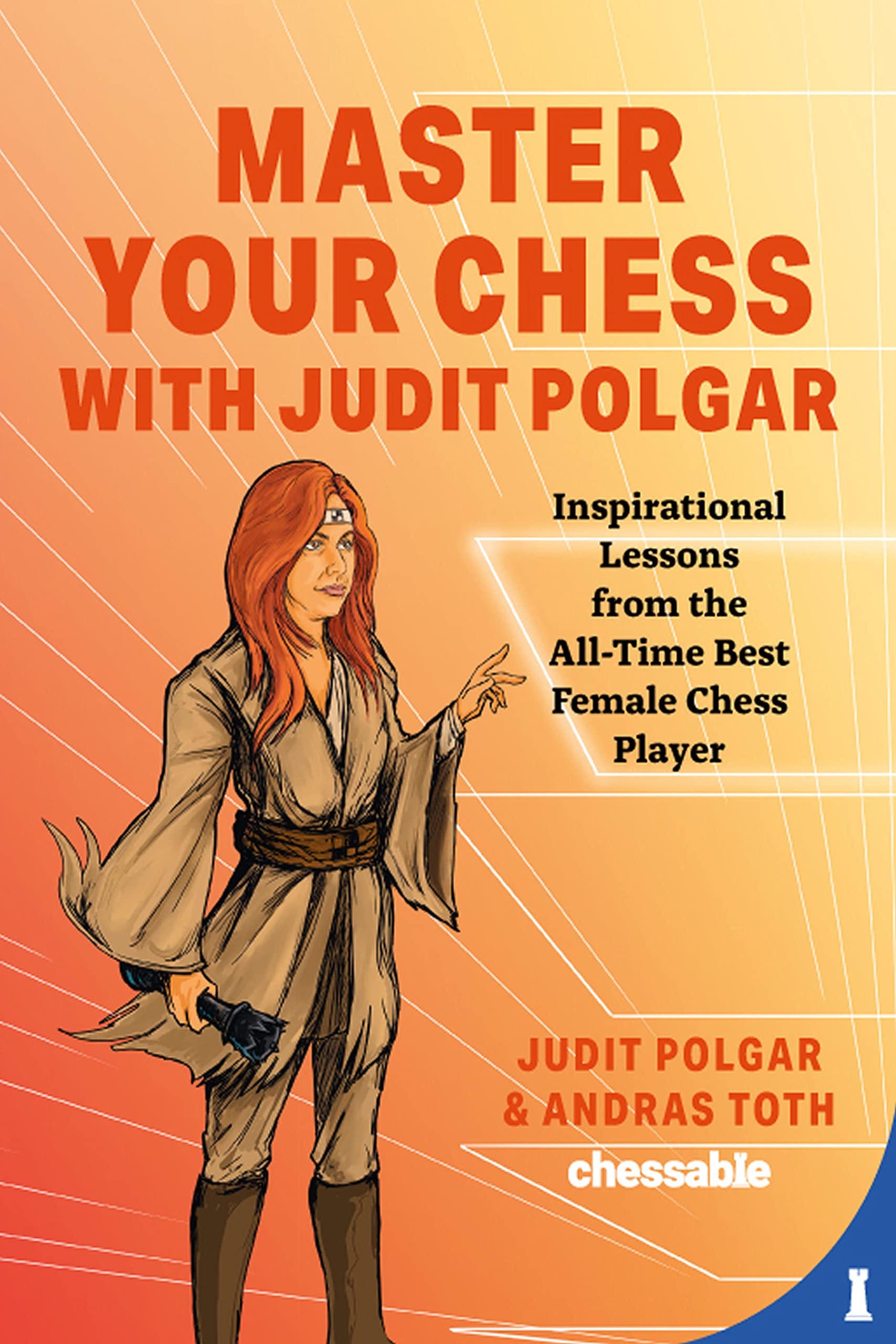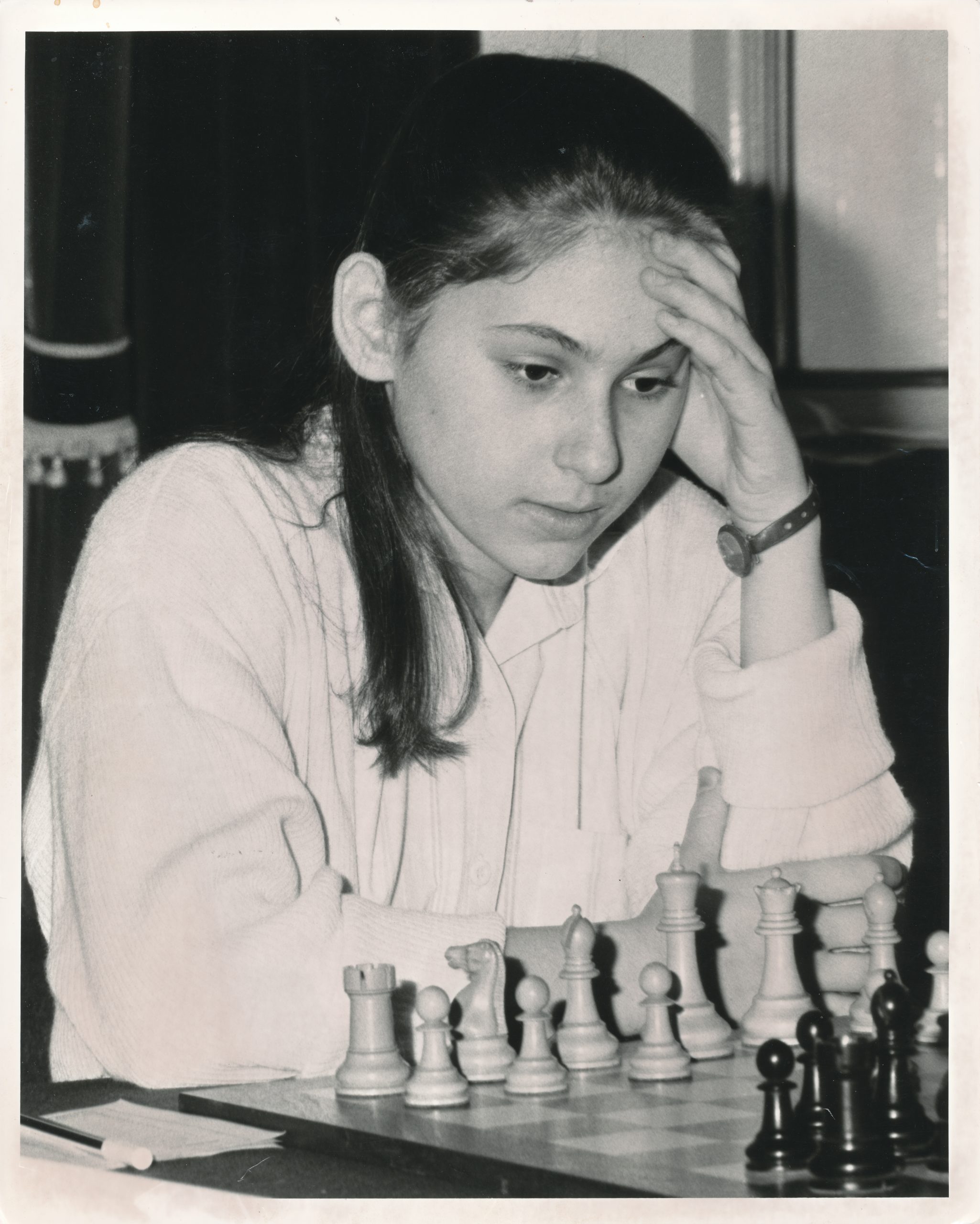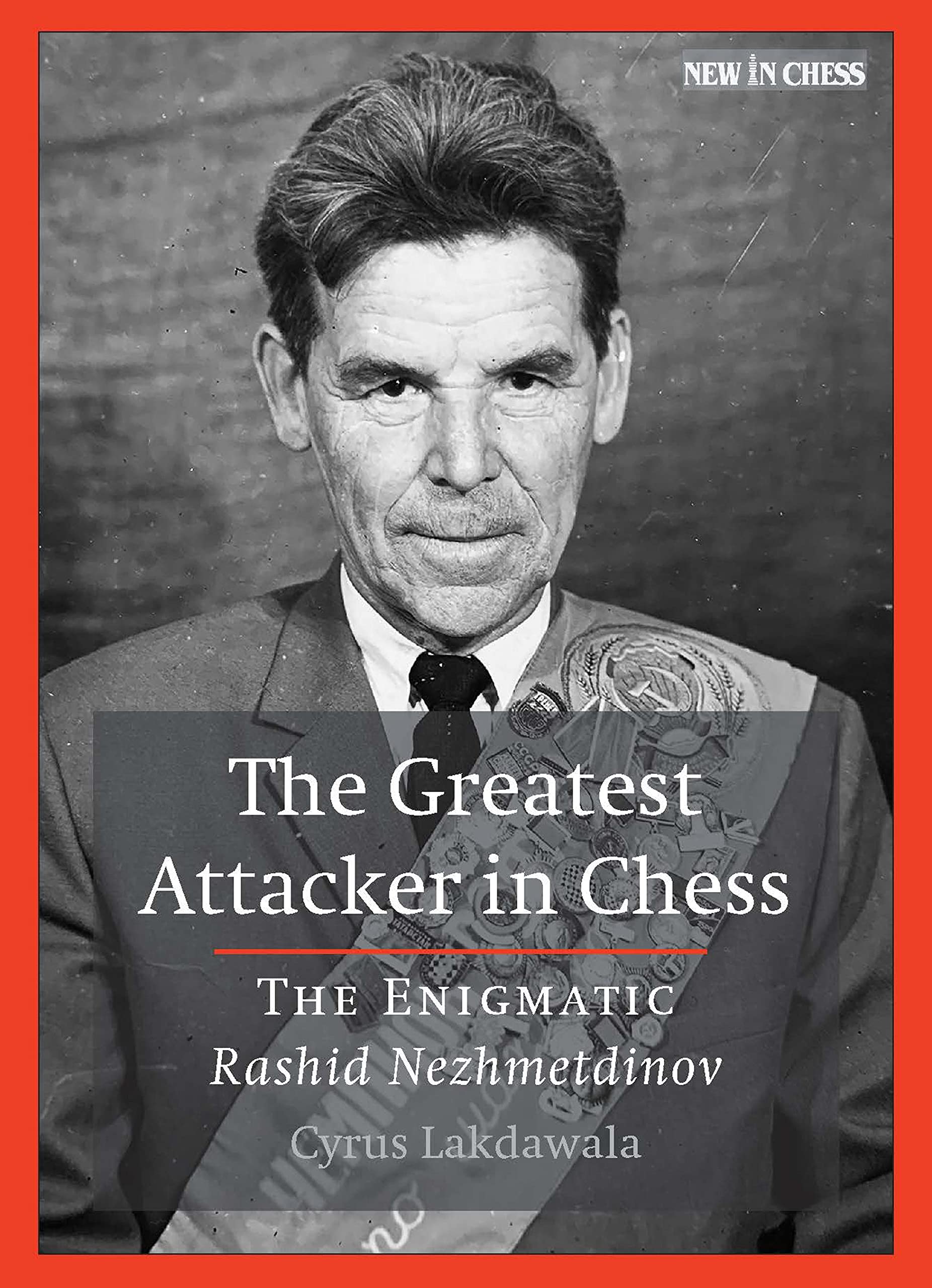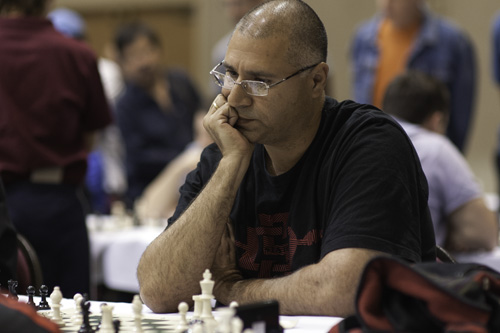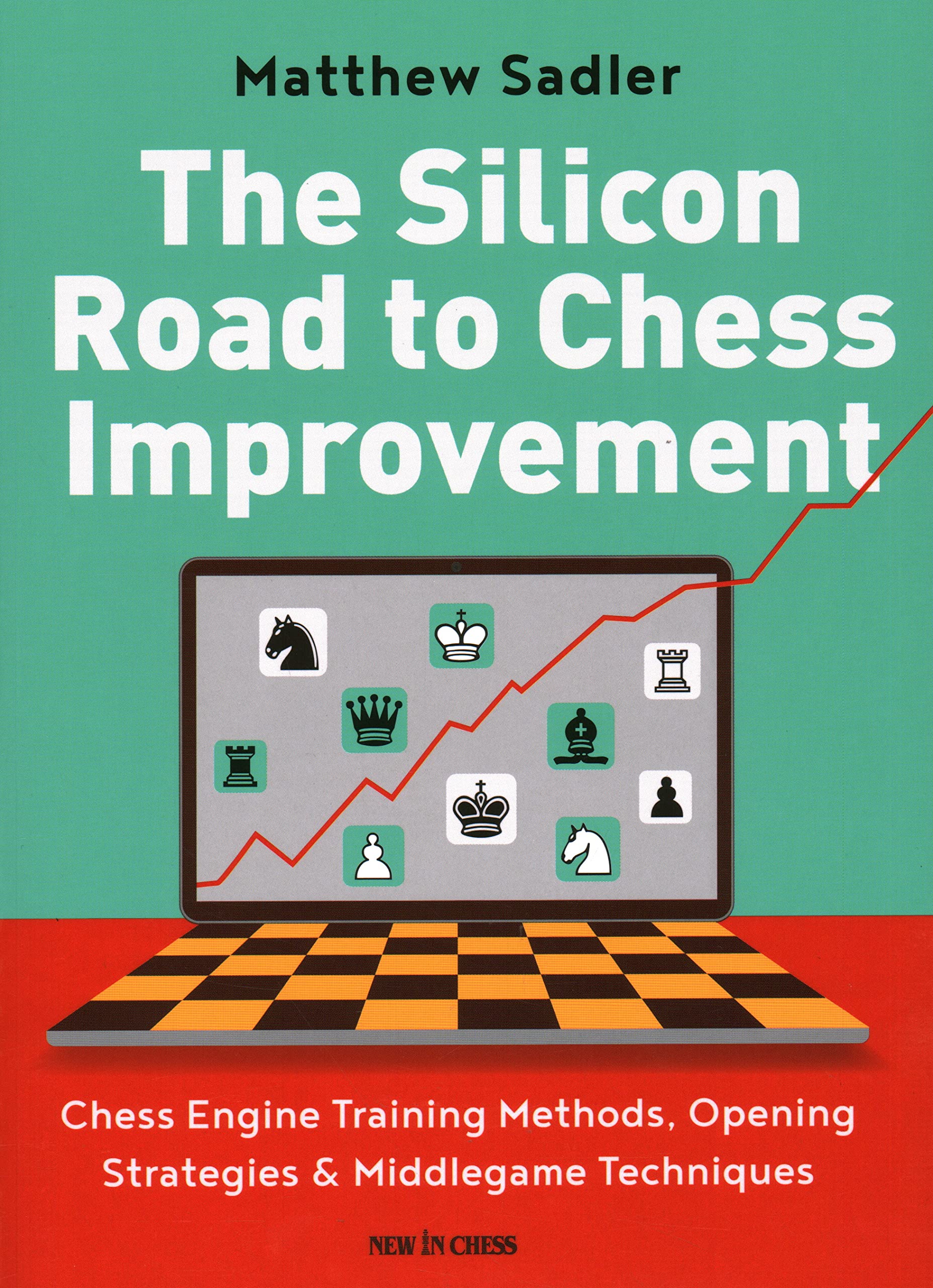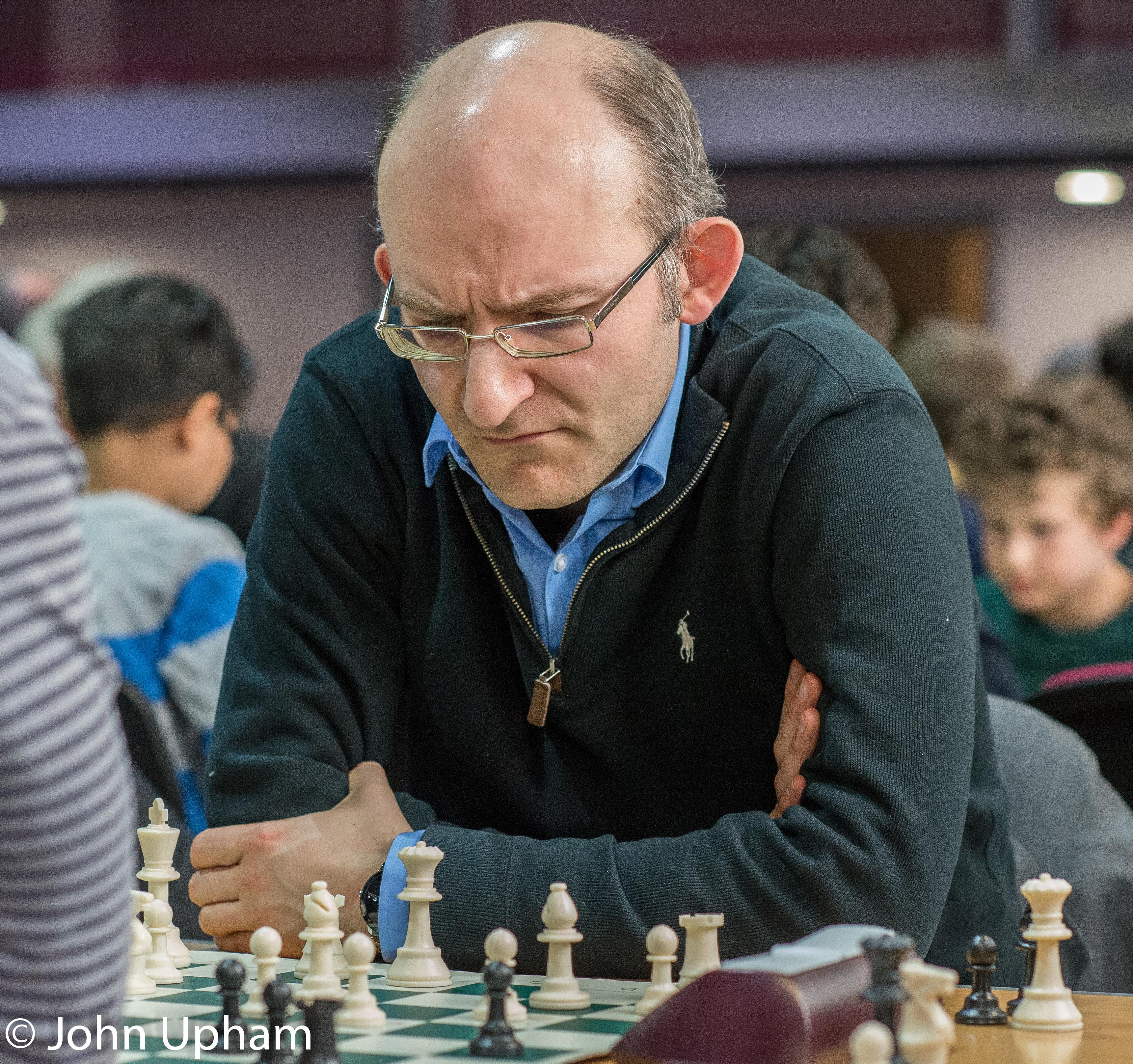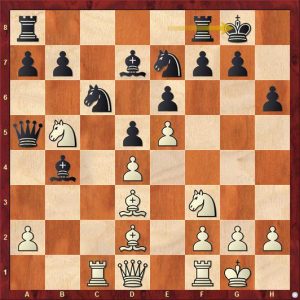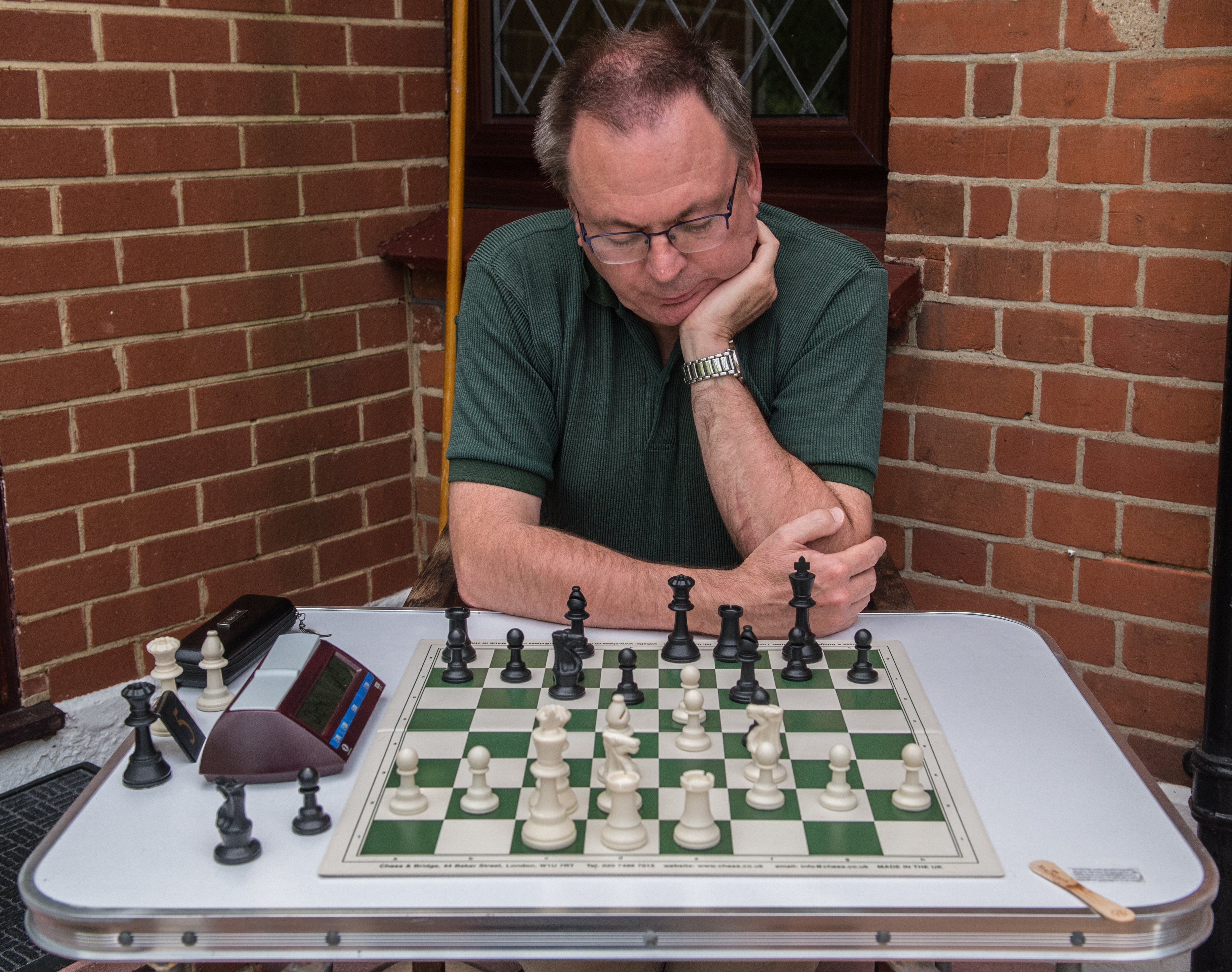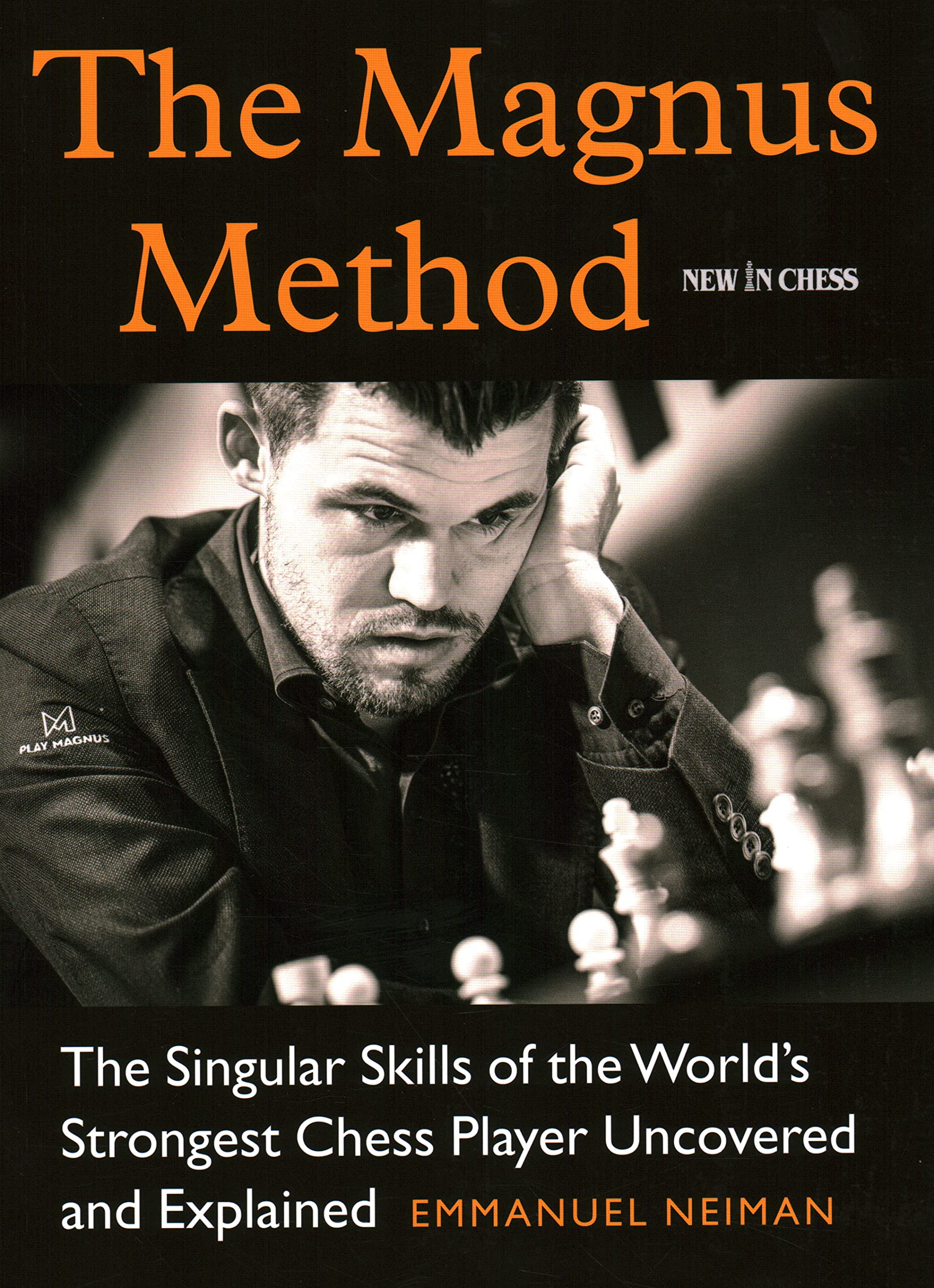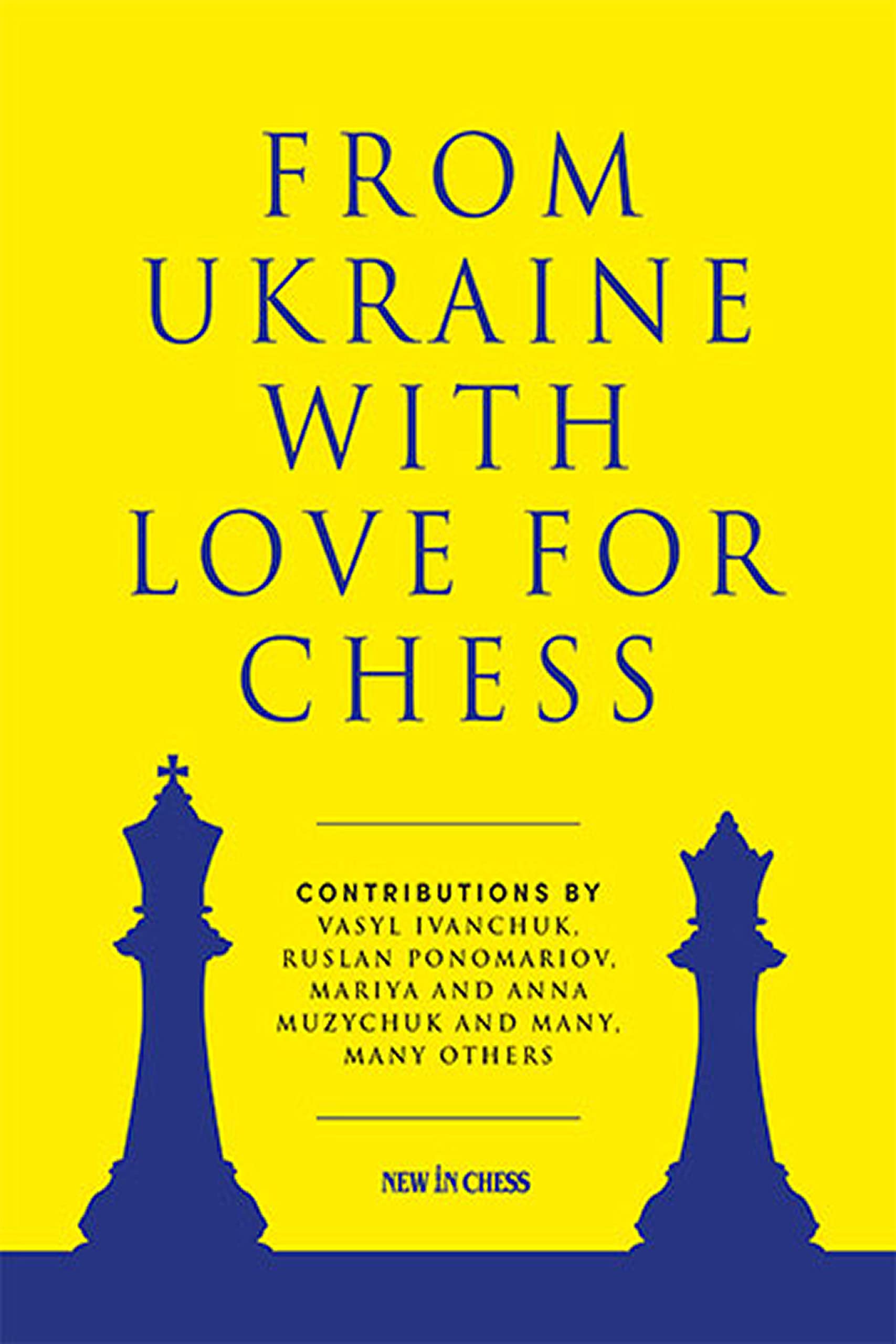From the publisher:
“Have you ever wondered why strong chess players immediately grasp what is happening in complex positions? The secret is pawn structures. The pawn structure dictates the game’s flow, and different structures require distinct approaches. You can improve your game by studying a large variety of pawn structures and the Hidden Laws of Chess.
IM Nick Maatman invented the Hidden Laws of Chess as an instructional tool to help his students bridge the gap between the basic understanding of a club player and the next level of knowledge of Masters and Grandmasters. A grandmaster knows from experience what pieces to exchange when facing an isolated pawn, while a club player wonders if he should keep his rooks on the board – or not.
The Hidden Laws go one level deeper than the basic laws on piece development, king safety or material balance. The Hidden Laws will uncover elements such as space, the quality of a pawn structure, and a doubled pawn’s strength or weakness. Maatman will answer questions like: Are backward pawns the worst in chess? What is the value of a space advantage? Could doubled pawns be an asset? How can I win symmetrical positions?
Using his coaching experience and writing with a touch of science and philosophy, Maatman will guide any ambitious chess player to the next level. His book contains dozens of actionable tips, instructive games and carefully selected exercises.
“Nick Maatman (1995) is an International Master, experienced chess coach, and training partner of Super-GM Jorden van Foreest. Maatman has won the Dutch U20 Championship and has beaten many strong grandmasters in tournament games. The Hidden Laws of Chess is his first book, but he expects many more to follow. He graduated from Groningen University in both Business and Philosophy.”
From the author’s introduction:
What is a Hidden Law in chess? With a ‘Hidden Law’, I refer to the deeper structures that spring from a mere contingency of the rules of chess. This might sound like a mouthful of gibberish to you. What I mean is that there are certain patterns that underlie good play. Had the rules of chess been different, these hidden structures would have been different as well. On a surface level, there are Laws that comprise the comparative value of the pieces. On a deeper level there are Hidden Laws that encompass elements such as the importance of space, the quality of a pawn structure, the strength or weakness of an isolated pawn, the importance of a key square, etc.
… and …
.. the Hidden Laws are context dependent. Good chess strategy may vary immensely in different types of positions. That’s why this book is divided into eight chapters featuring eight different types or aspects of pawn structures.
In this book, my objective is to explore these Hidden Laws of Chess. My goal is … to provide actionable tips and ideas that you can apply to elevate your game. Ideas that form the foundation for a solid positional understanding. A mastery of the Hidden Laws of Chess contributes to sound judgment – and sound judgment leads to good moves, which ultimately leads to better results.
So what we have here is, according to the author, essentially a positional book covering eight different types of pawn formation. He suggests that combining reading this book with tactics training will enable you to make progress with your chess.
The eight chapters cover in turn: space advantage, doubled pawns, backward pawn, isolani, hanging pawns, mobile pawn centre, locked pawn centre, symmetry.
Each chapter is, as with many books from this publisher, preceded by some puzzles (Preview Exercises) taken from games analysed within the chapter, and followed by a Quiz reinforcing the lessons learnt in the chapter. The difficulty of the puzzles is indicated using a star system: one star for the easiest through to five stars for the hardest. The solutions to the quiz questions are to be found at the end of the book. Helpfully, important sentences are highlighted throughout, and each chapter concludes with the author’s Hidden Laws concerning that particular pawn formation.
Of course it’s a lot harder to set meaningful position exercises than tactical exercises. I was interested to see how Maatman dealt with this.
As this is a relatively slim volume, the chapters themselves are fairly short, mostly 20-25 pages excluding the puzzles, although the chapter on isolani is slightly longer.
The main question I always have with instructional books such as this concerns the target market. There is, or should be, an enormous difference between books written for 1500s and books written for 2000s, and again between books written for 2000s and books written for 2500s. Books written for, say, 1750s or 2250s will, or again should be, rather different again. The danger for authors and publishers is that if your book is too specific you’ll limit your target market, while if you try to offer something for everyone you’ll and up pleasing nobody.
Again, I was interested to see how this book approached these issues. Neither the publisher’s blurb nor the author’s introduction give any indication as to the approximate rating range of the book.
I turned to Chapter 2, as my view for many years has been that doubled pawns are, by and large, not dealt with very well in chess literature. Have there been any books specifically devoted to this subject? If not, someone, perhaps Nick Maatman, should certainly write one.
Maatman does a good job, given that he only has twenty pages, in explaining the potential advantages, as well as the disadvantages of doubled pawns. We get a few classic examples, for example the 1938 Botvinnik – Chekover game, which made a big impression on me when I first came across it in about 1970. We also get some recent games, for example Caruana – Carlsen (Wijk aan Zee 2015), in which the doubled pawns were only on the board for a few moves. I can’t help thinking the game was selected for the fascinating tactical possibilities both in the game and in the notes, rather than because it was particularly instructive in helping the reader to understand the subject. I’m not sure how games like this fit it with the author’s claim that the book is more of a positional manual.
The Hidden Laws of Doubled Pawns at the end of the chapter include, amongst others:
Having fewer pawn islands is favourable
Isolated doubled pawns are particularly vulnerable
A doubled pawn can create a semi-open file.
Could these rules really be considered Hidden? While they’re all very useful, I’d have thought that most club standard players, even 1500 standard players, would be aware of them.
The pattern is repeated through all the chapters. You’ll find some classic games which will be very familiar to most 2000 strength players, but new to less experienced players, along with more complex contemporary games often featuring interesting tactics. Of course there’s a generational issue. While I’m very familiar with many of the older games and less familiar with the 21st century examples, younger readers may well have the opposite experience.
As well as questions at the beginning and end of the chapter, there are questions in the text as well.
Take this example from Chapter 3 (Backward Pawns), where the author’s friend Jorden van Foreest is facing Nigel Short at Malmo in 2021, about to play his 12th move.
Try to put yourself in White’s shoes for a moment. You have prepared the game all the way to move 10. Now, you realise that your opponent played a move that wasn’t in your notes, suggesting it may be inferior. How would you try to take advantage.
12. Bxb6!!
I was truly impressed when I witnessed this move. In Chapter 2, we learned about the weaknesses of doubled pawns and how they can be especially problematic if their presence creates multiple pawn islands. Furthermore, you probably knew something about the value of the bishop pair already. Here, Van Foreest throws all conventional wisdom out of the window. He voluntarily gives up a great bishop for a shabby-looking knight on b6, and on top of that he repairs the black pawn structure. What did Van Foreest notice that made him commit to this decision?
It’s all about the pawn that’s left behind on d7 and the gaping hole this creates on d6, Van Foreest accurately assesses that the creation of a backward pawn outweighs all other factors in this position.
Well, you might perhaps have guessed the answer given that the chapter features backward rather than doubled pawns, but active learning, forcing you to think for yourself, is always good.
It’s all about trading advantages, isn’t it? A complex and difficult topic which could do with a book to itself. Here, a vastly experienced former World Championship Candidate misjudged the position. If it was too hard for Nigel, what hope do the rest of us have?
There’s always a danger when you demonstrate advanced material to your students that they will fail to contextualise the information and go round randomly trading great bishops for shabby-looking knights or straightening out their opponents’ pawn structure. On the other hand, seeing how top GMs make decisions might inspire us to become better players. What do you think?
I think Maasman’s introduction to the chapter on Isolani will be instructive to many readers. He offers two positions, both with White to move, and asks which you’d prefer.
and
Which position would you prefer?
In fact, it’s the first position that offers White more winning chances: Rd4! gives a clear advantage. The second position is optically very good for White but Black can hold comfortably as long as he finds 1. Bd1 Bd7!.
Maatman proposes two Hidden Laws:
When playing against an isolated queen’s pawn, the preservation of major pieces increases winning chances
and
When playing against an isolated queen’s pawn, the exchange of minor pieces increases winning chances.
According to the author: These laws are very specific and there is a good chance that you haven’t heard them before.
Actually, I had heard them before, in a book written for children published in the 1980s (I prefer not to name the title and author), which demonstrated the 9th game of the 1981 Karpov – Korchnoi World Championship Match – the same game which, in this book, provides three of the quiz questions at the end of this chapter.
I’d guess, though, that this will be new to most players of, say, 1500 strength, but might well be known to many 2000 strength players.
If you play the King’s Indian Defence or anything similar with either colour, you’ll certainly enjoy Chapter 7 on Locked Pawn Centres, but if you prefer the French Defence, for example, you might be disappointed.
One of the games demonstrated here is a 2022 computer game between versions of Stockfish and Scorpio.
In this position Stockfish has to choose it’s 23rd move. What would your plan be here?
Stockfish found 23. c5!!, with the idea of meeting bxc5 with Nc1, with a later Bb5 to follow, trading off White’s bad bishop for Black’s good bishop.
Maatman comments after the game:
An enthralling concept by Stockfish. The move 23. c5!! is just so captivating. Extraordinary imagination is needed to even consider such an idea. White’s only path forward appears to be on the dark squares, but the machine completely forfeits the dark squares. Instead it contests the light squares at the cost of a pawn. Eventually, the black a-pawn was lost, and its White counterpart promoted. Outstanding foresight by the machine.
The famous evolutionary biologist Richard Dawkins once remarked: ‘Personally, I rather look forward to a computer program winning the World Chess Championship. Humanity needs a lesson in humility.’ The times that humans were able to compete with computers have long gone, but the above game showcases that computers now have our number in any position.
I found the idea of puzzles both before and after each chapter rather confusing. Yes, like all good teachers, Maatman likes to offer his students a way of testing their understanding of the contents of the lesson. And yes, it’s this publisher’s house style to include preview puzzles at the start of each chapter to draw you in. I’m not convinced, though, that having both types of puzzle works. In an instructional book you’re assuming the reader isn’t very familiar with the study material, which makes me rather sceptical of the value of the preview puzzles here.
You also have to be careful that your quizzes at the end of the lesson are testing genuine understanding rather than just memory. To give you an example, one of the Hidden Laws in Chapter 1 states that, if you’re playing against a Hedgehog formation you should consider a2-a4-a5. (I don’t think I’ve ever played against a pure Hedgehog in my very long chess career, but that’s another issue.) In the quiz there’s a position from a Hedgehog in which White has a pawn on a4. It’s given four stars for difficulty, but once you’re read the chapter you’ll play the move automatically.
You’ll find a lot of useful instruction throughout this book, and I found the highlighted sentences an excellent way of getting the most important points across. Maatman is an engaging writer and a great communicator with a friendly style, occasionally digressing into football or philosophy, but never overdoing the jollity. He’s chosen an important and underestimated topic: many club players would do well to study pawn formations rather than just memorising openings. Players of all standards will enjoy and learn something here.
While I appreciate that publishers want to aim their books at as wide a readership as possible, I can’t help feeling that less experienced players would benefit from more concrete examples rather than games decided by complex tactics, while more experienced players would value more detail and depth, more pages and even more volumes, along with some less familiar examples.
As is to be expected from this publisher, the book is attractively produced. If you like the idea you won’t be disappointed, but while everyone will learn something, many would learn more from a book focussed on their specific needs.
Richard James, Twickenham 30th June 2023

Book Details:
- Softcover: 256 pages
- Publisher: New in Chess; 1st edition (31 Jan. 2023)
- Language: English
- ISBN-10:9493257622
- ISBN-13:978-9493257627
- Product Dimensions: 17.15 x 1.73 x 22.99 cm
Official web site of New in Chess.
You can read some sample pages here.
